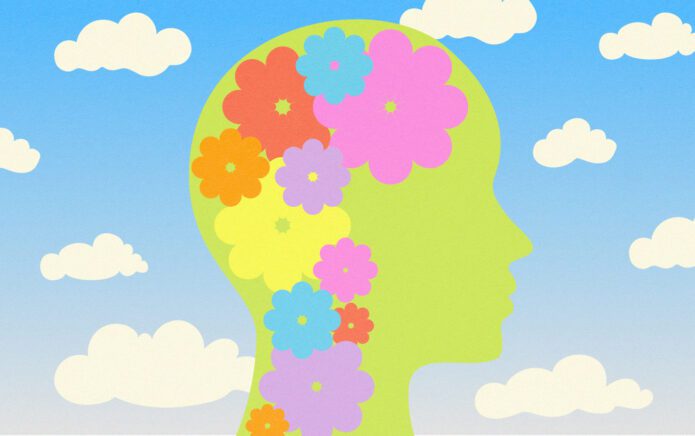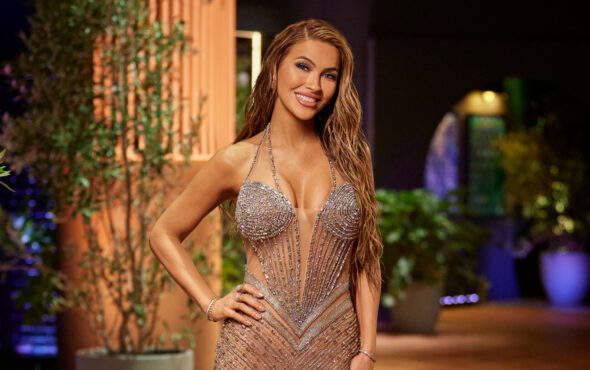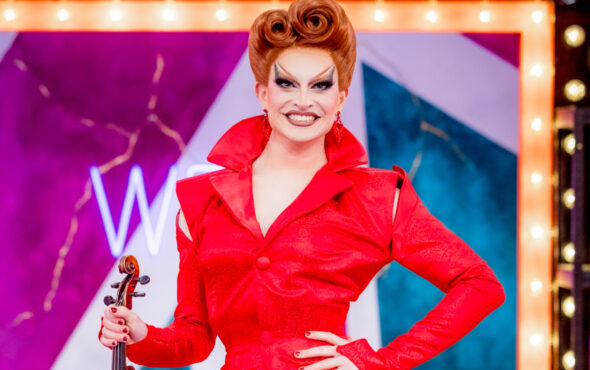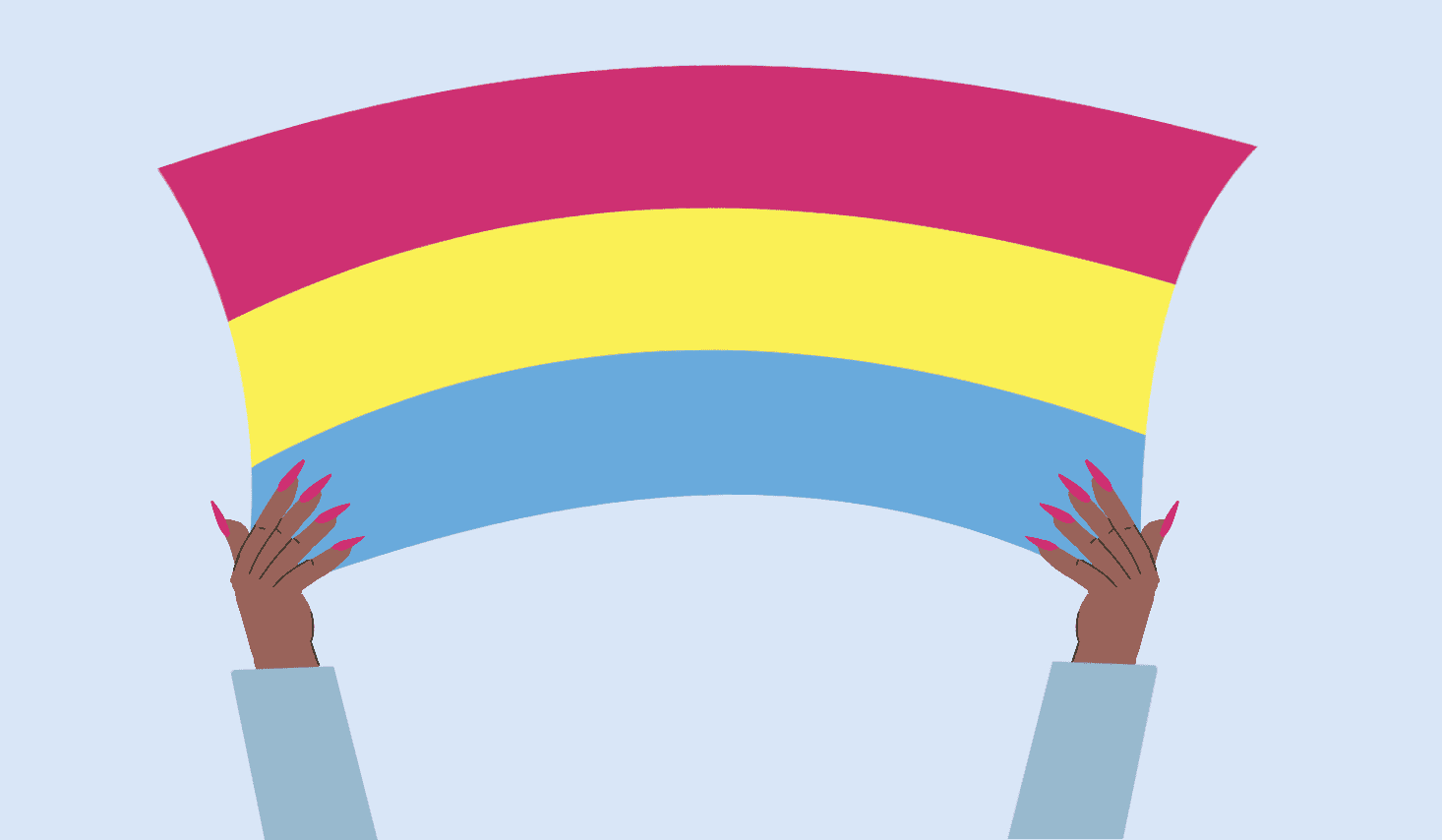
When you realise that you’re LGBTQ+, there can be a lot of pressure to find the right label.
That pressure can come from you, others outside the community, or even other LGBTQ+ people. Hopefully, by the end of this article, I’ll have been able to help ease that pressure, if only a little, by explaining how I came to love my label: pansexual.
Labels are complicated. Sometimes it feels incredible to meet other people who live experiences that seem to match up with your own, and at other times they can feel very divisive.
Before I go any further, I want to remind you that you don’t have to choose a label. Many LGBTQ+ people prefer to not restrict themselves to ‘having to be’ anything, and that is an incredibly valid path.
But it is equally valid to want ‘a word’ that feels like you. So, as a person who loves her label, here are my thoughts on how to find one in the kindest way possible.
I’ve always believed that a label should serve you – you shouldn’t have to serve a label nor fit into anyone’s box.
The first step is understanding that a label can have two meanings. Firstly, there’s a general definition we use in conversation to understand what everyone is talking about. Secondly, you might have a personal understanding of how that label fits your individual experience.
When I first realised I wasn’t straight, I immediately identified as bisexual. I understood a general (now outdated) definition: people who are attracted to women and men. I was attracted to women and men, so I identified as bisexual.
When I heard the term pansexuality, I learned another general definition: people who are attracted to all genders. I thought ‘I’m attracted to all genders, so I am pansexual’, and left it there for the time being.
However, these aren’t the general definitions I use now for either term. More commonly accepted definitions are that bisexual means attraction to your gender and other genders, and pansexual means attraction regardless of gender.
Using these definitions, I would still choose ‘pansexual’, but I don’t think I would love it as much if I had stopped there. For me to truly connect with this identity, I had to take the time to work out my personal definition of pansexual.
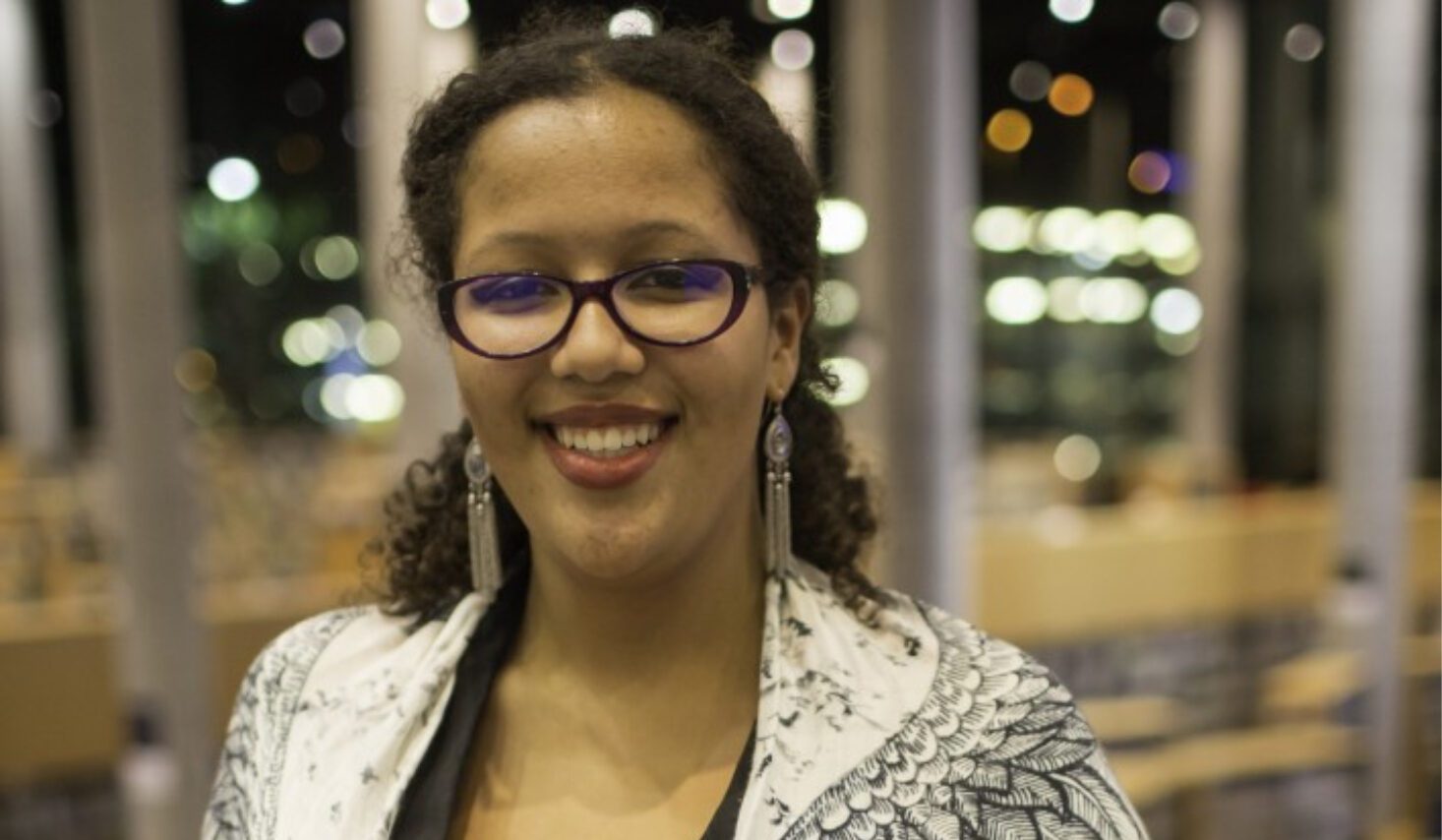
It’s very important that throughout this process you’re kind to yourself. ‘I don’t know’ and ‘I’m not sure’ are always valid answers. Remember that this is a personal definition, vague feelings are enough because you know how they feel, and it only needs to make sense to you. But this is all very abstract. So, to show you what I mean, I’ll explain what my personal definition of pansexual is for myself.
The ‘pan’ in pansexual has its origins in Greek and means ‘all’. In the general definition, this often translates to all genders. When I use it, I do not limit myself to gender. The ‘all’ in my pansexual is all types of people. Of course, I’m not attracted to everybody on earth – that sounds exhausting. What I mean is that, with the exception of certain ideologies (bigots, racists, etc.), when I think of a category of people, I cannot imagine being unable to love anyone in that category.
I know that still sounds very big and vague, so let’s use some examples. The same way that I cannot imagine saying ‘I could never be attracted to a woman’, I cannot imagine saying ‘I could never be attracted to a person who looks like this/does this thing/is from this place/has this habit.’ It’s like a very extreme version of not having a ‘type’.
That might sound really normal to you, and you might find it strange that I’m emphasising something so ordinary or common, but that’s why it’s a personal definition. This is a defining element of how the way I love feels to me.
‘Pansexual’ is a shorthand for me telling you that I could love anyone with a kind heart and a warm smile, that I couldn’t imagine disregarding someone without getting to know them first, because if they were themselves in just the right way, I could love anyone.
Also, I want to be clear that your personal definition doesn’t actually have to be different from your general definition. Perhaps ‘attraction to all genders’ captures your feelings about your pansexuality perfectly. In my opinion, it is the act of trying to understand your personal definition that helps a label to feel more like yours.
So in conclusion, labels are complicated. But you get to choose how important they are to you (or not).
Should you decide that you want a label, you’re allowed (and encouraged!) to find out how that label can best serve you.
Nyanda volunteers with Just Like Us, the LGBTQ+ young people’s charity.
